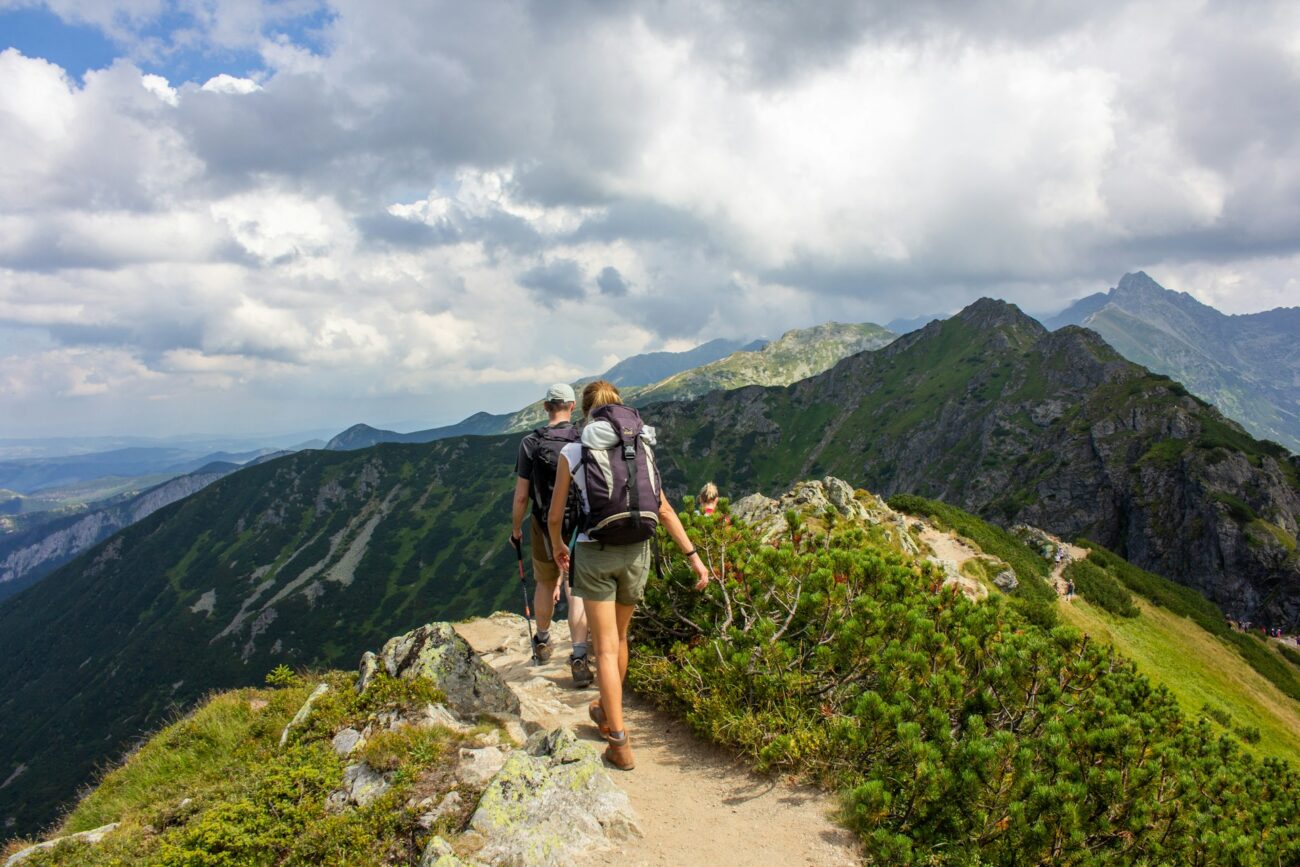Embarking on your first trekking adventure opens the door to breathtaking landscapes and unforgettable experiences in nature. However, the wilderness can be unforgiving to the unprepared. Whether you’re planning a gentle day hike or a more ambitious multi-day trek, having the right knowledge beforehand can make the difference between an enjoyable journey and a miserable (or even dangerous) experience.
This guide offers essential advice for trekking newcomers, covering everything from planning and packing to safety and trail etiquette. By familiarizing yourself with these fundamental tips, you’ll build confidence for your outdoor adventures and set yourself up for success on the trail.
Start with Proper Research and Planning
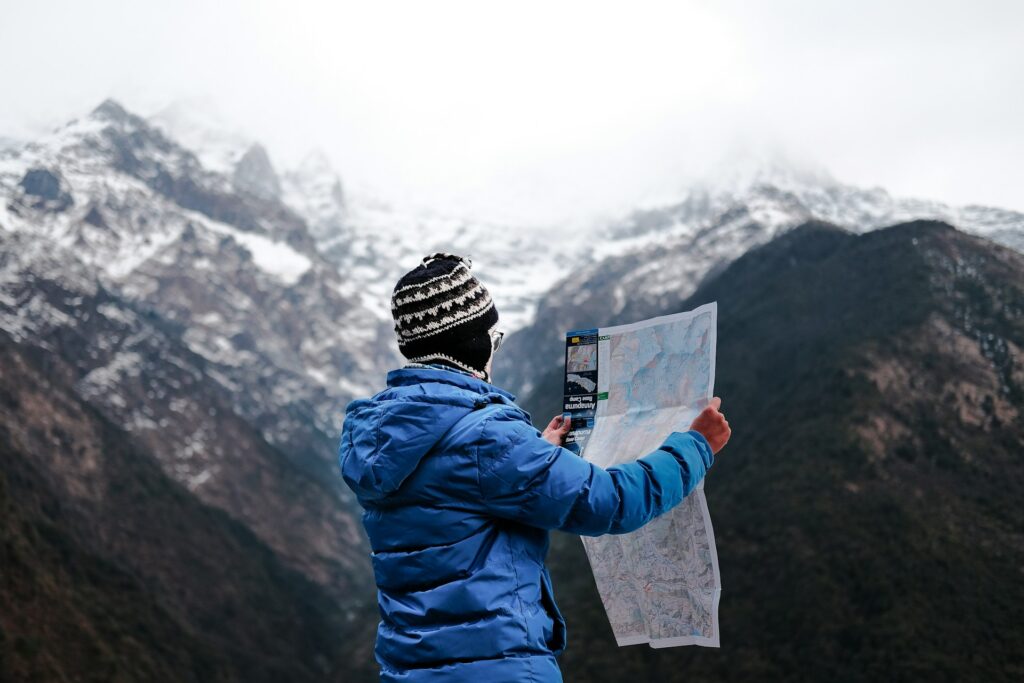
Before lacing up your hiking boots, dedicate time to thorough research about your chosen trail. Understand the route’s difficulty level, elevation gain, total distance, and typical weather conditions for the season you’ll be hiking. Study recent trail reports from other hikers to learn about current conditions, including potential hazards like washed-out sections or fallen trees.
Calculate approximately how long the trek will take based on your fitness level, adding extra time for breaks, photography, and unexpected delays. Share your detailed itinerary with a trusted friend or family member who isn’t joining the trek, including your expected return time and instructions on when to alert authorities if you don’t check in.
Invest in Proper Footwear
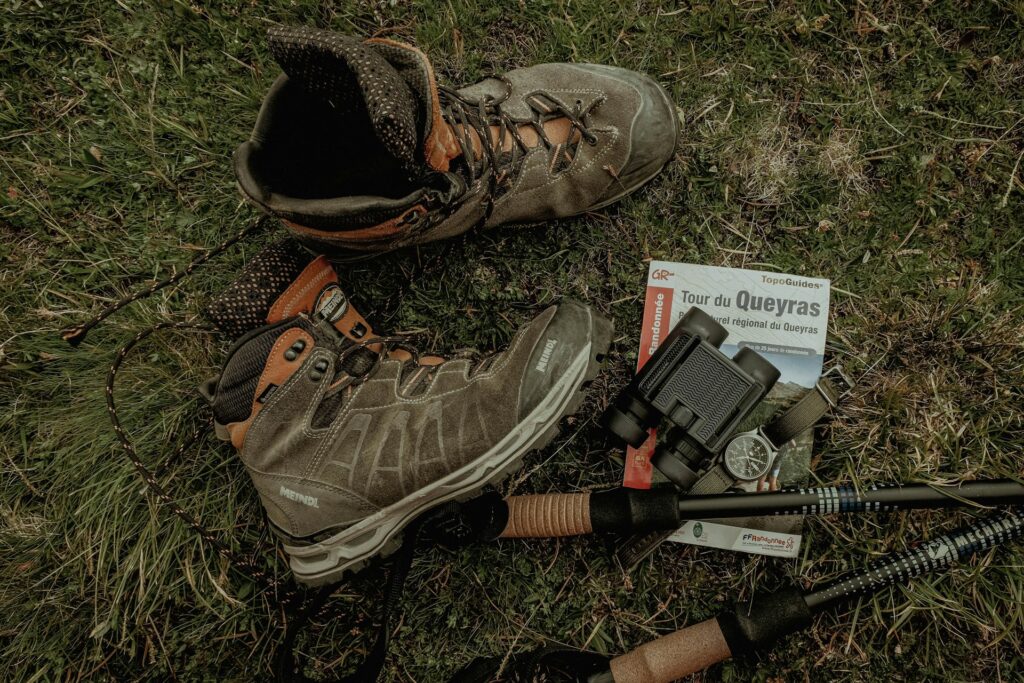
Your feet are your most important asset on the trail, making appropriate footwear the single most critical gear investment for any trekker. Choose hiking boots or shoes that provide ankle support, have grippy soles for traction on various terrains, and offer water resistance for stream crossings or unexpected rain.
Break in new footwear gradually before your trek by wearing them around town and on shorter walks to prevent painful blisters on the trail. Pair quality footwear with moisture-wicking hiking socks that provide cushioning and prevent hot spots. Consider bringing an extra pair of socks for longer hikes, as changing into dry socks midway can significantly improve comfort and help prevent blisters.
Pack the Ten Essentials
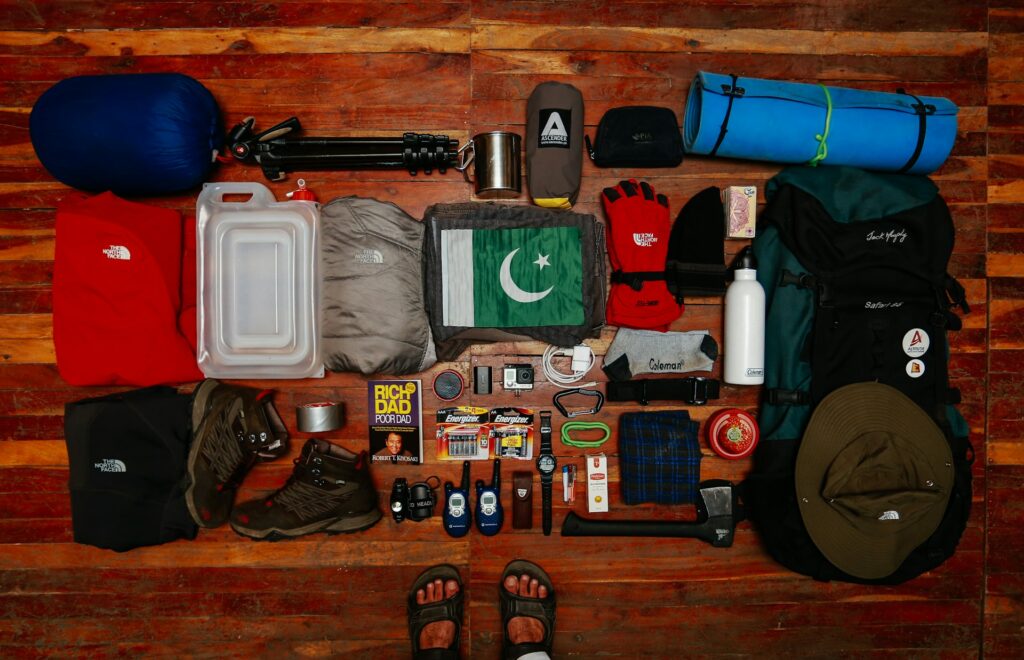
Experienced hikers follow the “Ten Essentials” system, a collection of items that address emergency situations in the wilderness. These essentials include navigation tools (map, compass, GPS), illumination (headlamp or flashlight with extra batteries), sun protection (sunglasses, sunscreen, hat), first aid supplies, a knife or multi-tool, fire-starting materials, emergency shelter, extra food, extra water, and extra clothing.
Even for short day hikes, never leave these items behind as weather can change rapidly or minor injuries can slow your return. Organize these essentials in accessible parts of your pack where you can quickly retrieve them without unpacking everything. Remember that the Ten Essentials aren’t just suggestions—they’re potentially life-saving items that should accompany you on every trek, regardless of duration or difficulty.
Master the Art of Layering Clothes
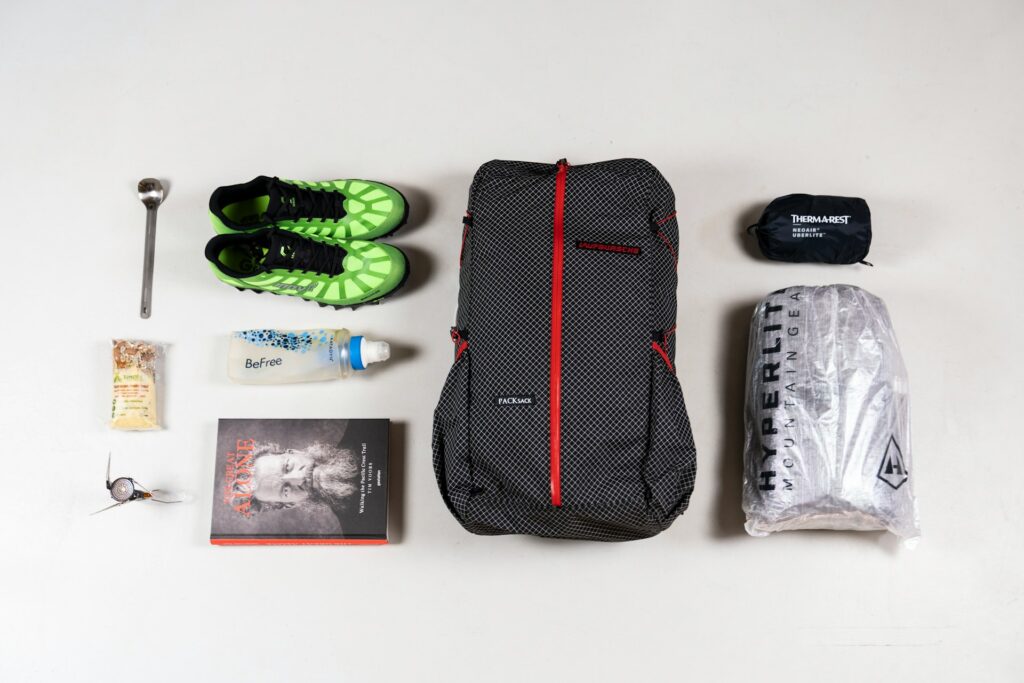
Weather conditions can change dramatically during a trek, especially in mountainous regions where temperatures fluctuate with elevation and time of day. Instead of relying on a single heavy garment, embrace the layering system: a moisture-wicking base layer against your skin, an insulating middle layer for warmth, and a waterproof/windproof outer shell for protection from the elements.
This versatile approach allows you to add or remove layers as needed to regulate your body temperature throughout the day. Avoid cotton clothing, which loses insulating properties when wet and takes forever to dry; instead, opt for synthetic fabrics or merino wool that maintain warmth even when damp. Always pack an extra warm layer and rain protection regardless of the forecast, as mountain weather is notoriously unpredictable and can turn dangerous quickly.
Stay Properly Hydrated
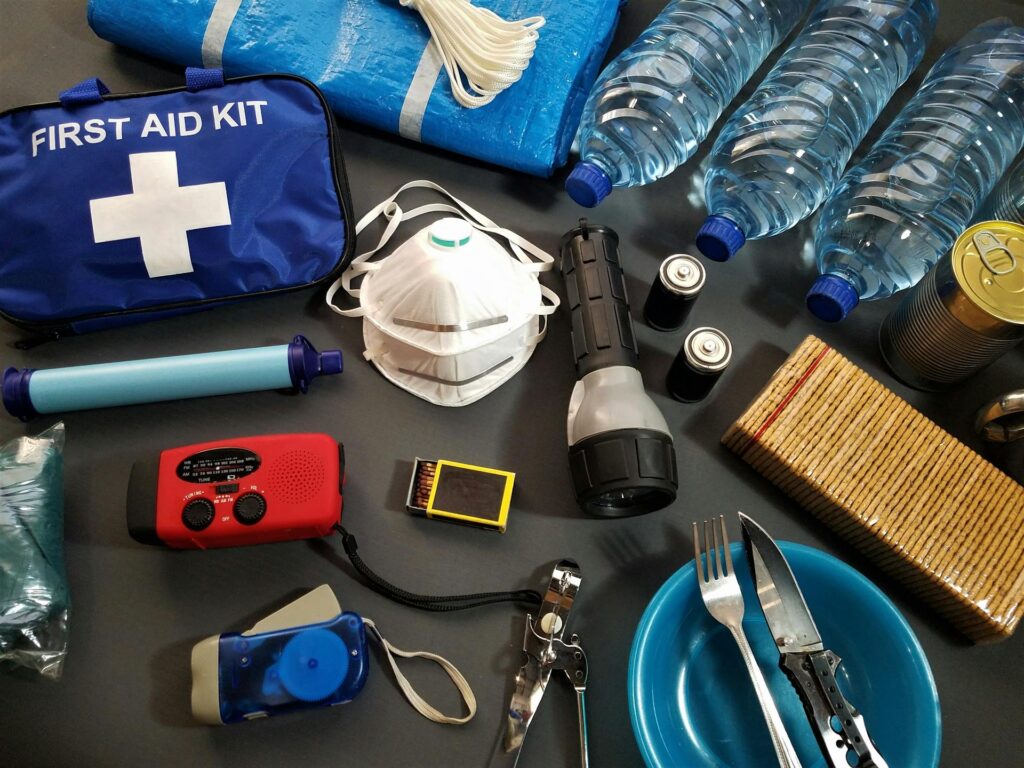
Dehydration can quickly diminish your energy, impair your judgment, and lead to serious health emergencies on the trail. Carry more water than you think you’ll need—a good rule of thumb is about half a liter per hour of moderate activity in moderate temperatures, with adjustments for heat, humidity, and exertion level. Develop the habit of taking small, frequent sips rather than waiting until you feel thirsty, which is actually a late sign of dehydration.
For longer treks, research water sources along your route and carry a reliable water filtration system or purification tablets to safely refill your bottles. Electrolyte replacement becomes crucial on strenuous hikes or in hot weather, so consider bringing electrolyte tablets or powders to add to your water, which help your body absorb and retain the fluids more effectively.
Fuel Your Body Properly
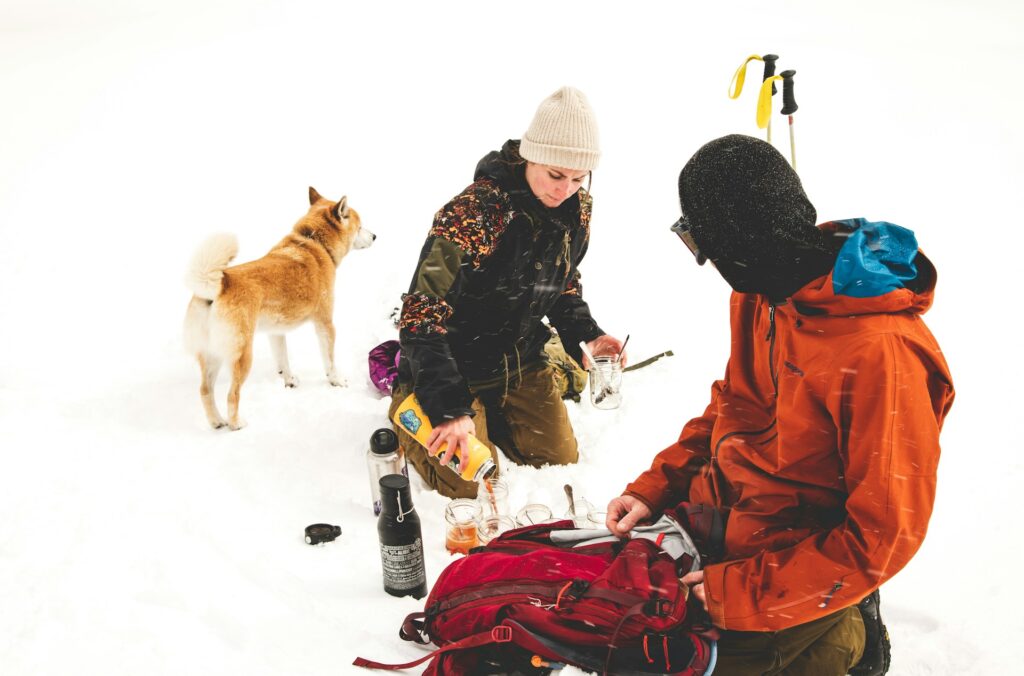
Trekking demands significant energy, requiring careful attention to nutrition before and during your hike. Pack calorie-dense foods that combine complex carbohydrates for sustained energy with protein for muscle recovery, and healthy fats for long-lasting fuel. Trail-friendly options include nuts, dried fruits, energy bars, nut butters, hard cheeses, jerky, and whole grain wraps with protein fillings.
Establish a regular eating schedule on the trail, consuming small amounts every 60-90 minutes rather than waiting for major hunger to set in, which helps maintain steady energy levels throughout your trek. For multi-day adventures, carefully calculate your caloric needs (typically 3,000-4,000 calories per day for active trekking) and pack accordingly, with a small emergency food surplus. Remember that appetite often increases dramatically after 2-3 days on the trail, so plan for this increased hunger on longer expeditions.
Pace Yourself Wisely
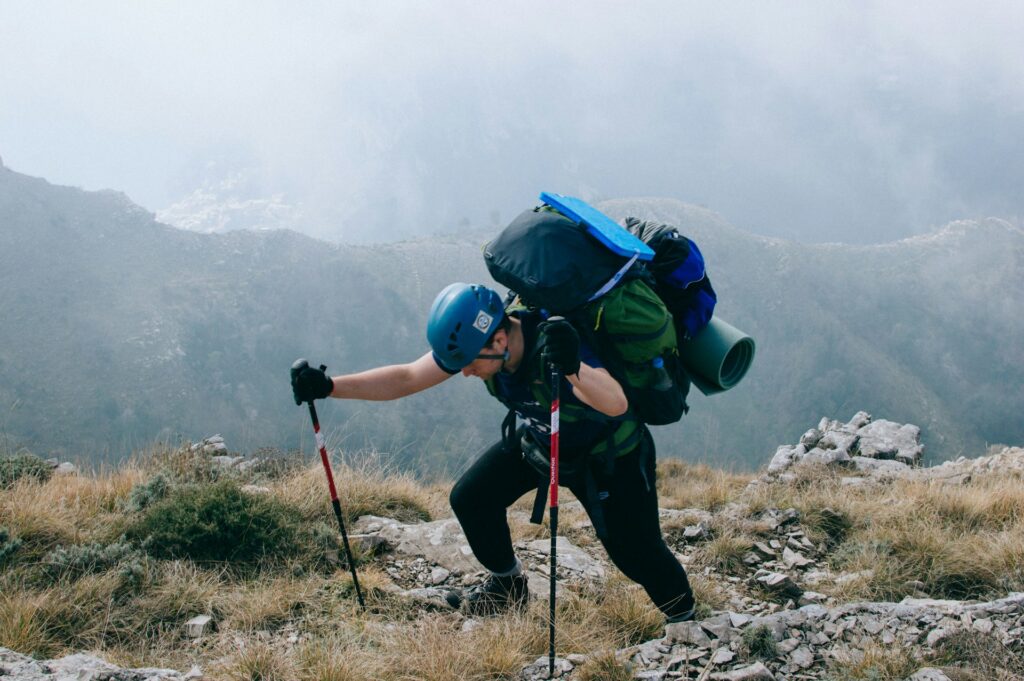
One of the most common mistakes novice trekkers make is starting too fast and exhausting themselves early in the journey. Establish a sustainable pace that allows you to maintain conversation without becoming breathless, which indicates you’re working within your aerobic zone for optimal endurance. Implement the “rest step” technique on uphill sections by briefly locking your back leg straight with each step, allowing your skeleton rather than your muscles to bear your weight for a moment of micro-rest.
Take short breaks every hour or so to remove your pack, hydrate, snack, and give your shoulders and back a rest from carrying the load. Remember that trekking is not a race—moving steadily and consistently with appropriate breaks will get you further with less fatigue than pushing hard and requiring longer recovery periods.
Learn Basic Navigation Skills
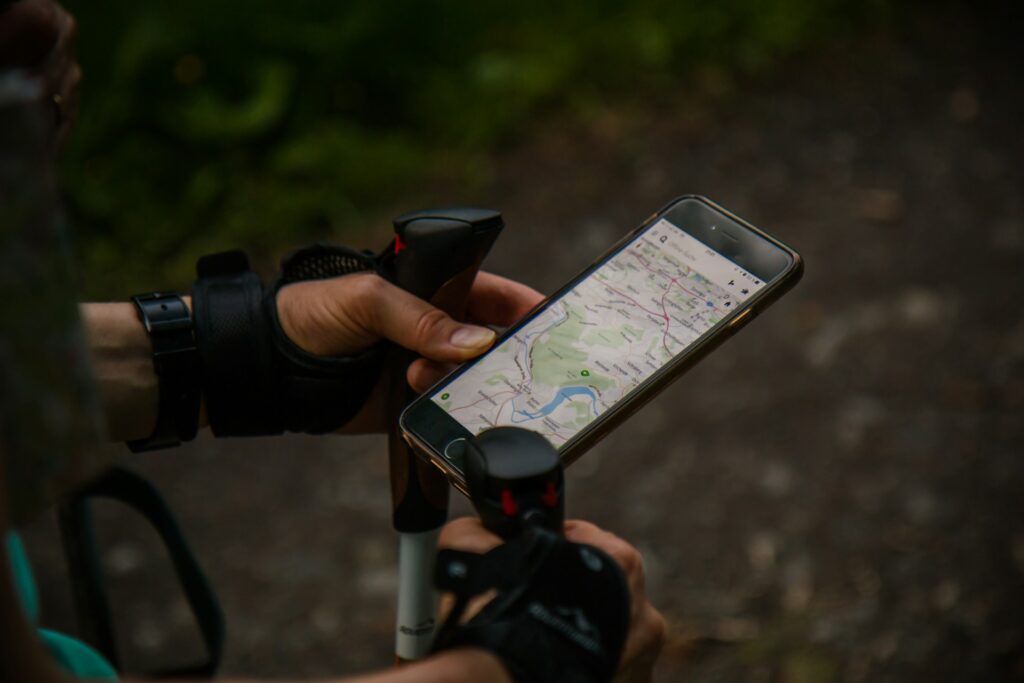
While well-marked trails might seem straightforward, basic navigation skills remain essential for every trekker. Familiarize yourself with reading topographic maps, which show three-dimensional terrain features through contour lines indicating elevation changes. Learn to use a compass and practice taking bearings before heading into remote areas, even if you plan to primarily rely on GPS devices or smartphone apps.
Download offline maps for your trekking area, as cellular service is often unavailable in wilderness settings. Develop the habit of regularly confirming your location by identifying landmarks and matching them to your map, particularly at trail junctions or when visibility becomes limited due to weather conditions or forest cover.
Practice Leave No Trace Principles
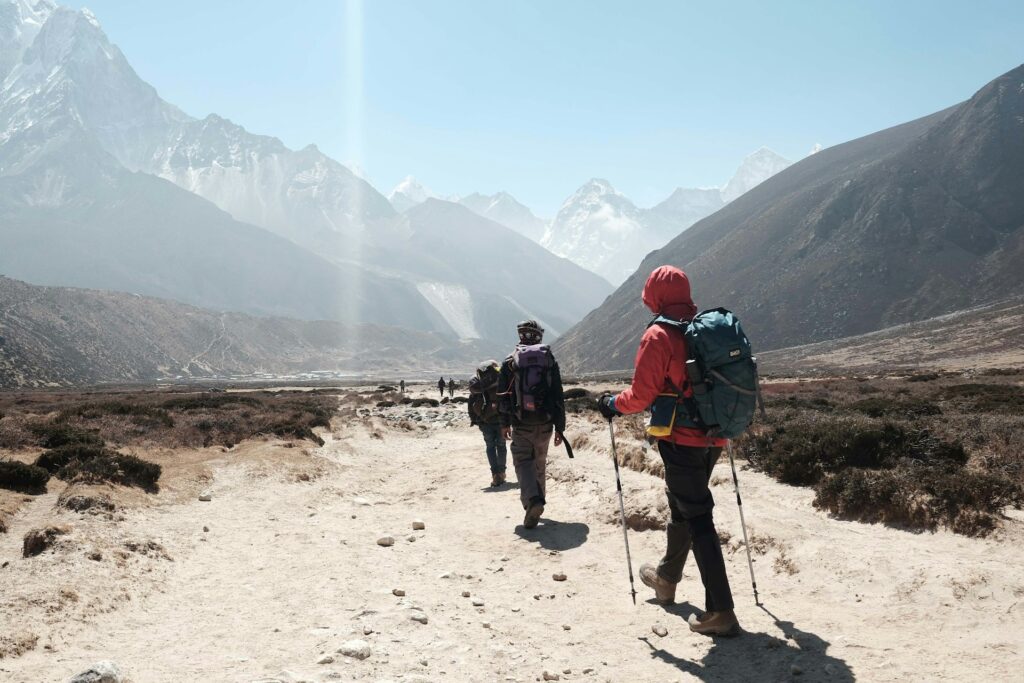
Responsible trekking means leaving the natural environment as pristine as you found it by following Leave No Trace ethics. Pack out everything you bring in, including all trash, food scraps (even biodegradable items like fruit peels), and toilet paper. Stay on established trails to prevent widening paths and damaging sensitive vegetation alongside the trail.
When nature calls in the wilderness, dig a cathole at least 6-8 inches deep and 200 feet from water sources, then cover it completely after use. Resist the temptation to take natural souvenirs like flowers, rocks, or artifacts, leaving them for others to enjoy and preserving the ecosystem. Remember that even small actions multiplied by thousands of hikers can have significant impacts on fragile natural environments.
Prepare for Weather Changes
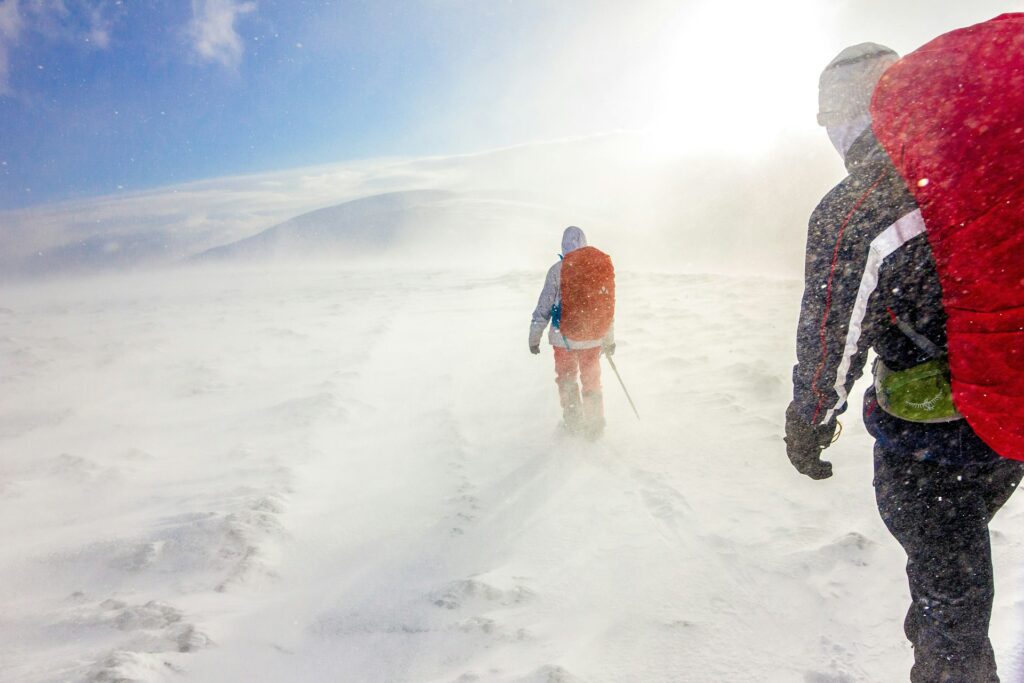
Mountain weather can transform from sunny and pleasant to dangerous within minutes, making weather preparedness crucial for trekking safety. Check detailed weather forecasts specifically for your trekking area and elevation, not just the nearest town, as conditions can vary dramatically with altitude. Learn to recognize warning signs of approaching storms, such as building cumulus clouds, darkening skies, sudden temperature drops, or increasing winds.
Have a clear plan for what to do in severe weather, whether that means turning back, seeking lower elevation, or finding appropriate shelter away from exposed ridges, isolated trees, or water bodies during lightning. Weather-related emergencies account for many wilderness rescues, so never underestimate the importance of carrying appropriate gear and being willing to adjust your plans based on conditions.
Know Basic Wilderness First Aid

When trekking in remote areas, immediate medical help isn’t readily available, making basic first aid knowledge essential for handling emergencies. Consider taking a wilderness first aid course that specifically addresses outdoor injuries and illnesses beyond standard first aid training. Learn to recognize and treat common trekking-related issues such as blisters, sprains, hypothermia, heat exhaustion, and altitude sickness before they escalate into major problems.
Assemble a comprehensive first aid kit tailored to your specific trek, including medications for your personal needs, blister treatment supplies, and appropriate emergency items for your destination’s unique challenges. Practice using the items in your first aid kit before your trek, as fumbling with unfamiliar supplies during an actual emergency adds unnecessary stress and delays treatment.
Respect Wildlife and Understand Trail Hazards

Encountering wildlife often ranks among trekkers’ most memorable experiences, but these interactions require appropriate knowledge and respect. Research what animals you might encounter on your chosen trail and learn the proper protocols for each—some require you to make noise, others to back away slowly, and others to appear large and intimidating.
Store food properly using bear canisters, bear bags, or designated food storage facilities where required to prevent wildlife from accessing human food, which can lead to dangerous habituation. Beyond wildlife, understand other regional hazards such as poisonous plants (like poison ivy or poison oak), insects that carry diseases, avalanche-prone areas in winter, or flash flood dangers in desert canyons. Local knowledge is invaluable for hazard awareness, so consult rangers or experienced hikers familiar with your specific trekking area.
Build Fitness Gradually
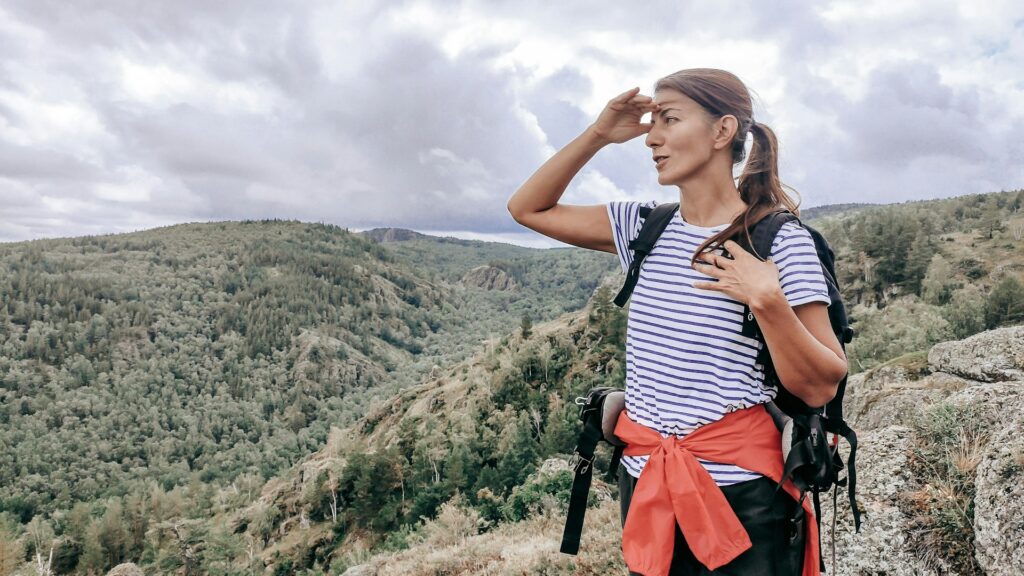
Trekking demands physical endurance, strength, and stability that’s best developed through consistent preparation rather than last-minute efforts. Begin conditioning at least 4-6 weeks before a significant trek by incorporating cardio exercises like walking, hiking, stair climbing, or cycling to build endurance and strengthen your heart and lungs. Add targeted strength training for the muscle groups most taxed during hiking—particularly legs, core, and back—with exercises like squats, lunges, step-ups, and planks to improve stability on uneven terrain.
Practice hiking with a gradually increasing pack weight to condition your body for carrying gear over distance, starting with short distances and working up to approximately 70-80% of your planned trekking distance and elevation gain. Remember that proper physical preparation not only makes your trek more enjoyable but also significantly reduces your risk of injury on the trail.
Conclusion
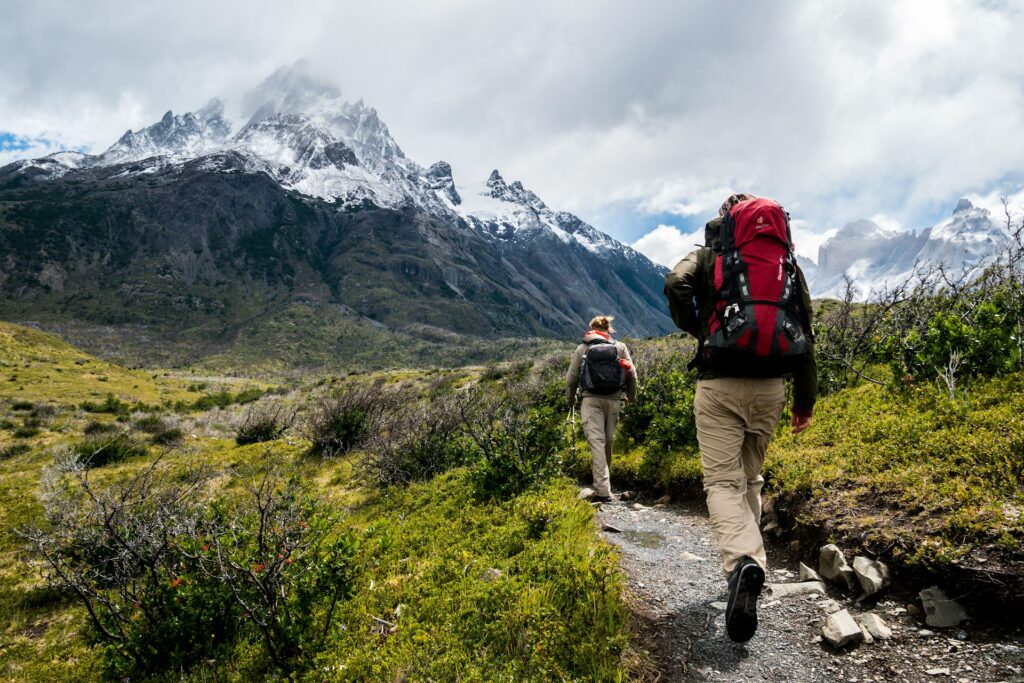
The trail awaits, and with these essential tips in your mental backpack, you’re much better prepared for your trekking adventure. Remember that experience is the greatest teacher in outdoor pursuits—each trek will build your skills and confidence. Start with less challenging trails, gradually working up to more demanding adventures as your abilities grow.
Most importantly, maintain a humble respect for nature’s power while embracing the joy of discovery that trekking offers. The wilderness has much to teach those who approach it with preparation, respect, and an open heart. Happy trails!

